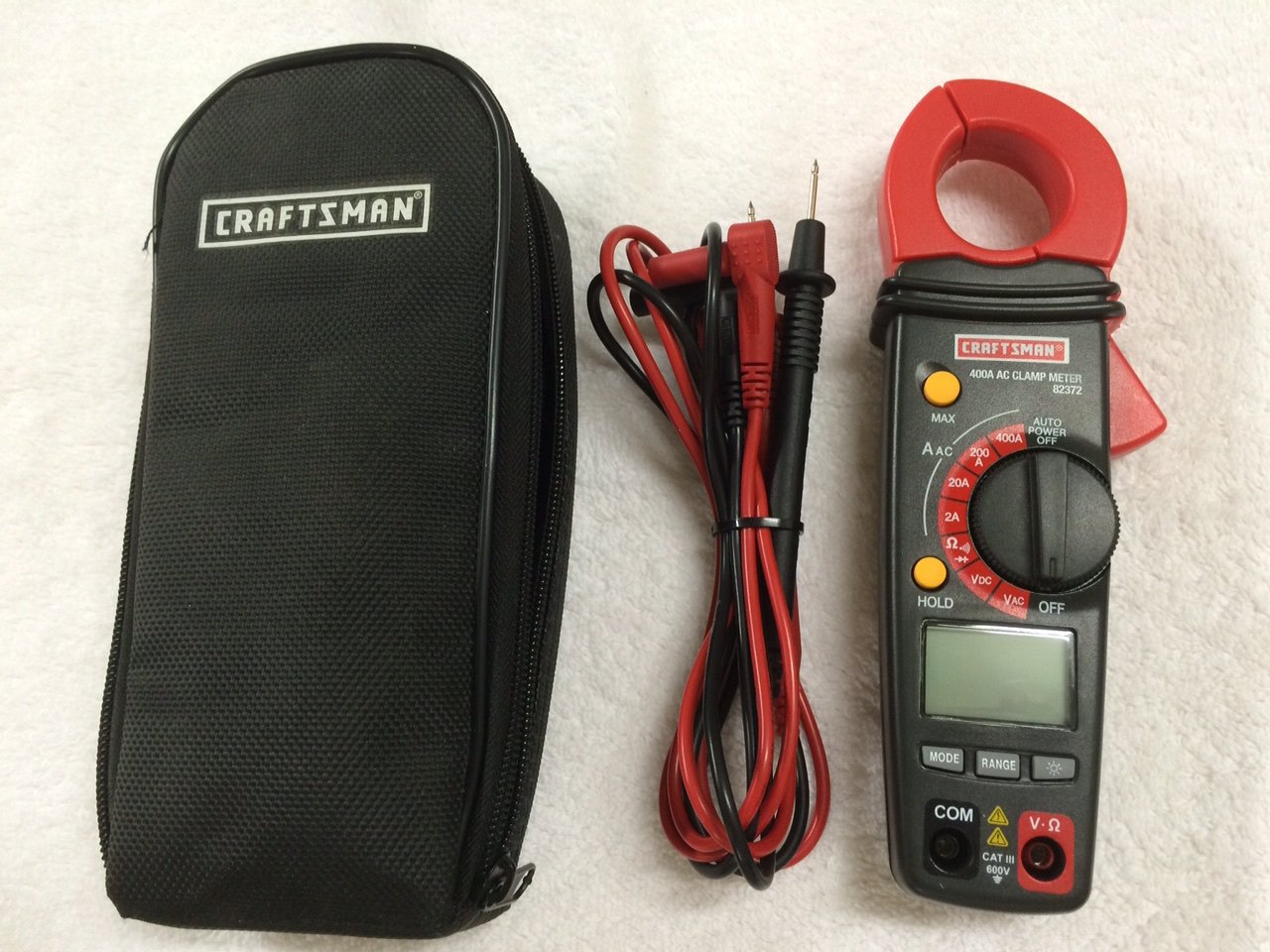.
The cost of a clamp on DMM capable of measuring DC current has dropped an incredible amount since the late 80s, when I owned a company that did third party maintenance and repair on large UPS systems.
I had a couple of bookshelves of binders (they were pirated copies of copies jealously guarded by those in my field of endeavour) which contained schematics along with the voltage, current, resistance values and settings for the various manufacturer's products that Liebert, Exide, EPE, Piller, IPM, etc. built at the time. TTL boards ran the systems, and the logic was actually quite simple.
In those days, a DC clamp on meter capable of measuring 1,000 amps DC was a must have tool, and the technology of the time was a separate clamp on which plugged into a conventional DMM like my then state of the art Fluke 8020b (the Fluke 8020b cost around $500 when first introduced). The DC meter contained a Hall effect transducer that produced a 0-200 millivolt signal.
Because the sampling I was doing required the ability to make precision measurements, I simply had to buy the equipment. The DC unit cost around $400 at the time.
Now I have two of these Craftsman PN 82369 AC/DC multimeters pictured below that measure DC current up to 400 amps. While AC clamp on multimeters can be purchased for literally a few bucks, finding an accurate but reasonably priced DC unit is harder to do. This meter around $60 new, it's versatile and easy to use. It comes with two probes and leads, and a thermocouple.
I found both of mine at pawn shops, and paid less around $30 each for them. One of them appeared to be new and unused.
A clamp on DC ammeter allows one to take certain measurements and perform troubleshooting that's impossible to do otherwise. If you are qualified to use the device and find a DC clamp on ammeter for a reasonable price, buy it.
You can use it to check the alternator charging current, the current the battery is receiving, the amperage draw of individual components like the radios, find stray ground currents, and other helpful measurements of the DC system in your aircraft and automobile.
Edit: I found a similar DMM that's really inexpensive-$34.00. It's the second link below.
.
Overview
Digital clamp-on ammeter. Measures AC/DC current up to 400 amps with 3.0 percent (VAC) accuracy without breaking the circuit. Also measures AC/DC voltage, resistance, frequency, capacitance, continuity and diode. Type K thermometer allows for surface or air temperature measurements. Display is an extra large 4000 count LCD screen. Also includes one-touch auto zero, belt holster, molded rubber holster, auto on/off, test leads and thermocouple. Category III - 600 volt.
.
https://www.searsoutlet.com/Digital-Clamp-On-Ammeter/d/product_details.jsp?pid=19004&mode=seeAll
https://www.amazon.com/gp/aw/d/B00O...rent+clamp&dpPl=1&dpID=41sD0XebR4L&ref=plSrch
